Indoor gardening has become a beloved hobby for plant enthusiasts around the world. Whether you live in a small apartment or simply want to bring more greenery indoors, houseplants can add life, color, and calmness to your living space. However, one of the biggest challenges indoor gardeners face is the lack of natural sunlight. Without enough light, even the hardiest plants can struggle to grow, lose color, or fail to bloom.
That’s where grow lights come in. These artificial light sources are designed to mimic natural sunlight, giving your houseplants the energy they need for photosynthesis and healthy growth. In this article, we’ll explore everything you need to know about grow lights—how they work, what types are available, and which ones are best for different kinds of plants.
Understanding Why Grow Lights Are Important
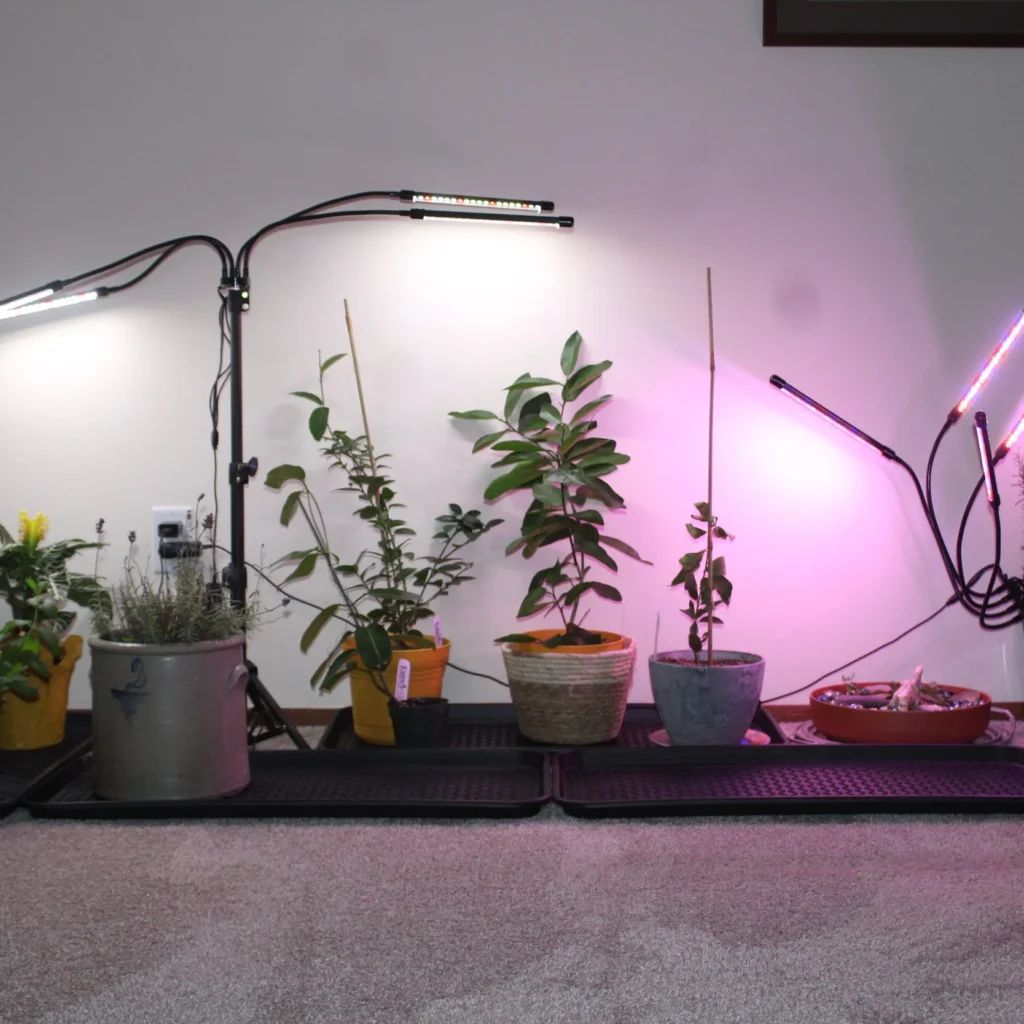
Light is essential for plant health. During photosynthesis, plants absorb light energy to convert carbon dioxide and water into glucose, their main source of food. When plants don’t receive enough light, they often become leggy, with long, weak stems and pale leaves. They may also stop growing or fail to flower.
Natural sunlight provides a full spectrum of light wavelengths—from ultraviolet (UV) to infrared (IR). But in many indoor environments, such as offices or shaded apartments, sunlight is either too limited or inconsistent. That’s why grow lights are a game changer—they deliver the right spectrum and intensity of light that plants crave.
Types of Grow Lights
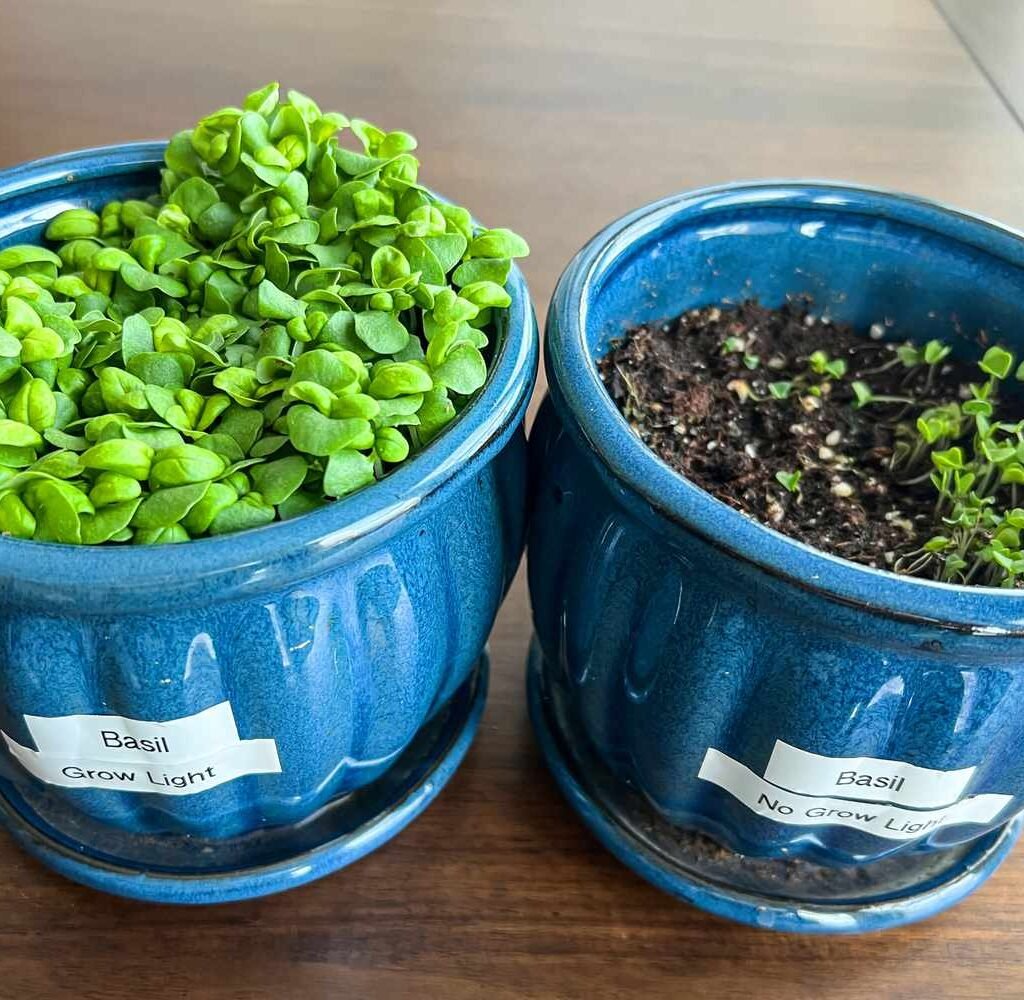
Before choosing the best grow light for your indoor plants, it’s important to understand the different types available. Each has its own pros, cons, and ideal uses.
1. Fluorescent Grow Lights
Fluorescent lights are a popular choice for beginners and hobbyists. They are affordable, energy-efficient, and emit a soft, cool light that’s safe for most indoor plants.
Advantages:
- Great for seedlings, herbs, and low-light plants like pothos and ferns.
- Available in tubes (T5, T8, T12) or compact bulbs (CFLs).
- Produce little heat, making them safe to place close to plants.
Disadvantages:
- Not ideal for large or light-hungry plants.
- Bulbs need replacement every 12–18 months for optimal performance.
Best For: Small houseplants, kitchen herb gardens, and propagation setups.
2. LED Grow Lights
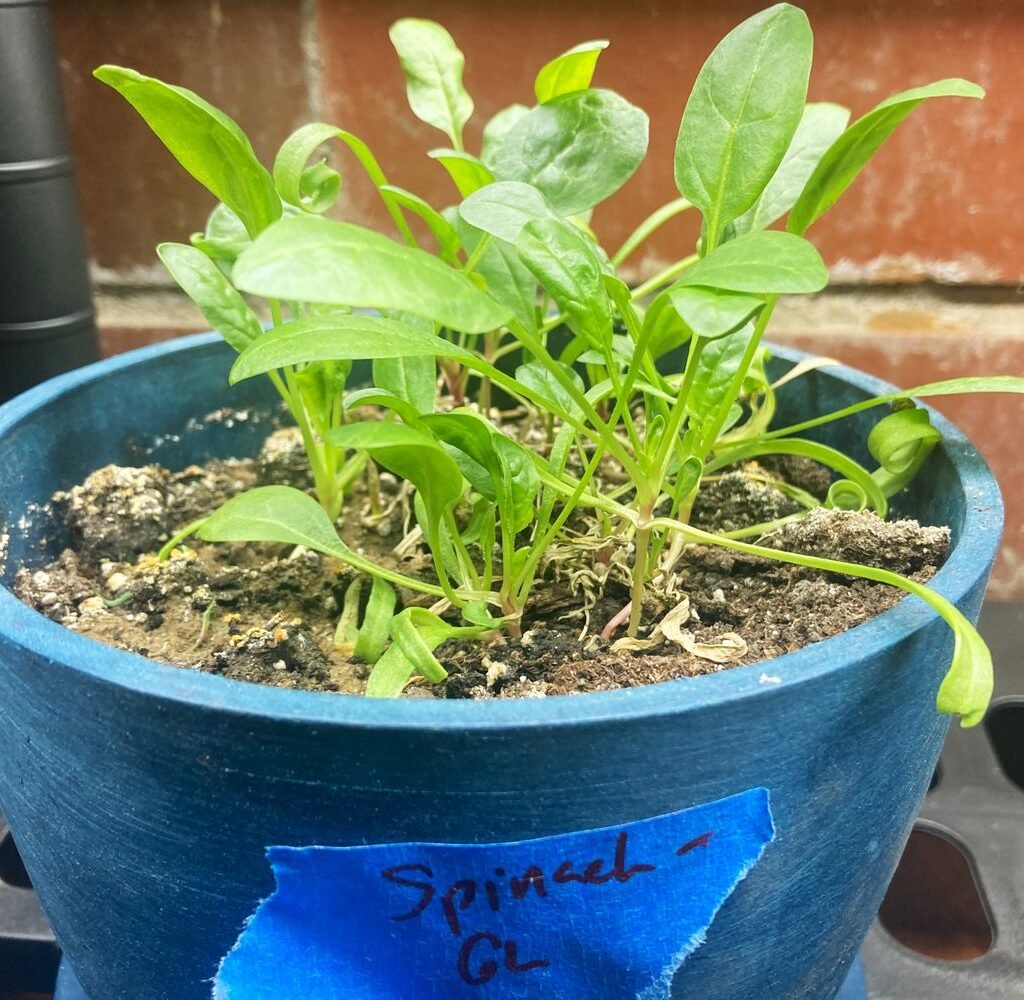
LED (Light Emitting Diode) grow lights are the modern favorite among indoor gardeners. They are highly efficient, long-lasting, and customizable to deliver specific light spectrums for different growth stages.
Advantages:
- Energy-efficient and eco-friendly.
- Low heat output—safe for prolonged use indoors.
- Available in full-spectrum options that mimic sunlight.
- Can last up to 50,000 hours or more.
Disadvantages:
- Higher upfront cost compared to fluorescents.
- Some cheaper models have poor color balance or weak intensity.
Best For: All-purpose indoor gardens, from succulents to flowering houseplants.
3. High-Intensity Discharge (HID) Lights
HID lights are powerful and commonly used by professional growers. They come in two main types—Metal Halide (MH) for vegetative growth and High-Pressure Sodium (HPS) for flowering and fruiting.
Advantages:
- Extremely bright and effective for large indoor plant setups.
- Proven results for fast growth and abundant blooms.
Disadvantages:
- Generate a lot of heat—require proper ventilation and distance.
- Consume more electricity.
- Not suitable for small spaces.
Best For: Large indoor gardens, tropical plants, and advanced growers.
4. Incandescent Grow Lights
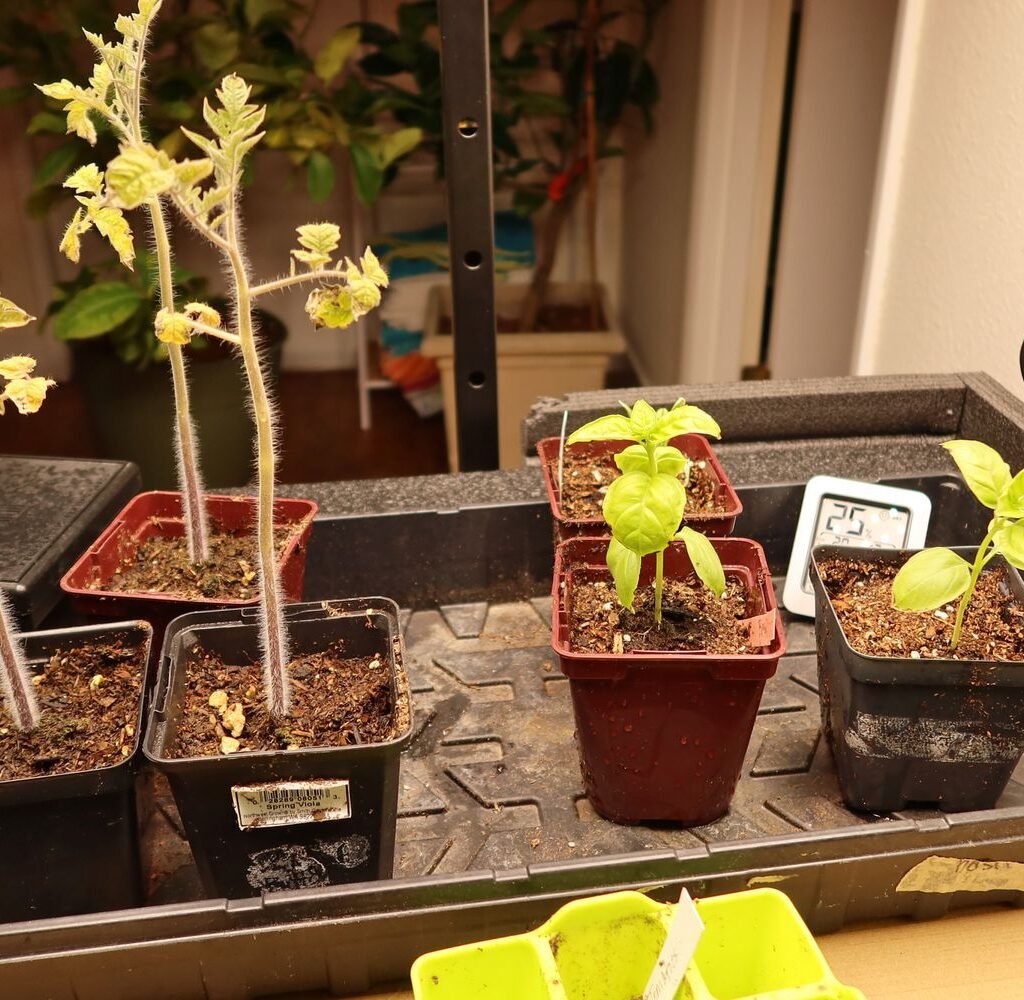
Incandescent bulbs are inexpensive and easy to find, but they are the least efficient option for growing plants. They produce a lot of heat and have a poor light spectrum for photosynthesis.
Advantages:
- Cheap and readily available.
Disadvantages:
- High heat output can burn plants.
- Very inefficient—use more energy for less light.
- Short lifespan.
Best For: Supplemental decorative lighting, not primary growth.
5. Full-Spectrum Grow Lights
Full-spectrum lights are designed to mimic the complete range of natural sunlight, including blue, red, and even a bit of ultraviolet and infrared light.
Advantages:
- Excellent for all stages of plant growth.
- Promote natural coloration and strong structure.
- Ideal for year-round use indoors.
Disadvantages:
- Slightly more expensive.
Best For: All-purpose use—especially for indoor plant lovers who want natural growth and vibrant color.
How to Choose the Right Grow Light for Your Plants
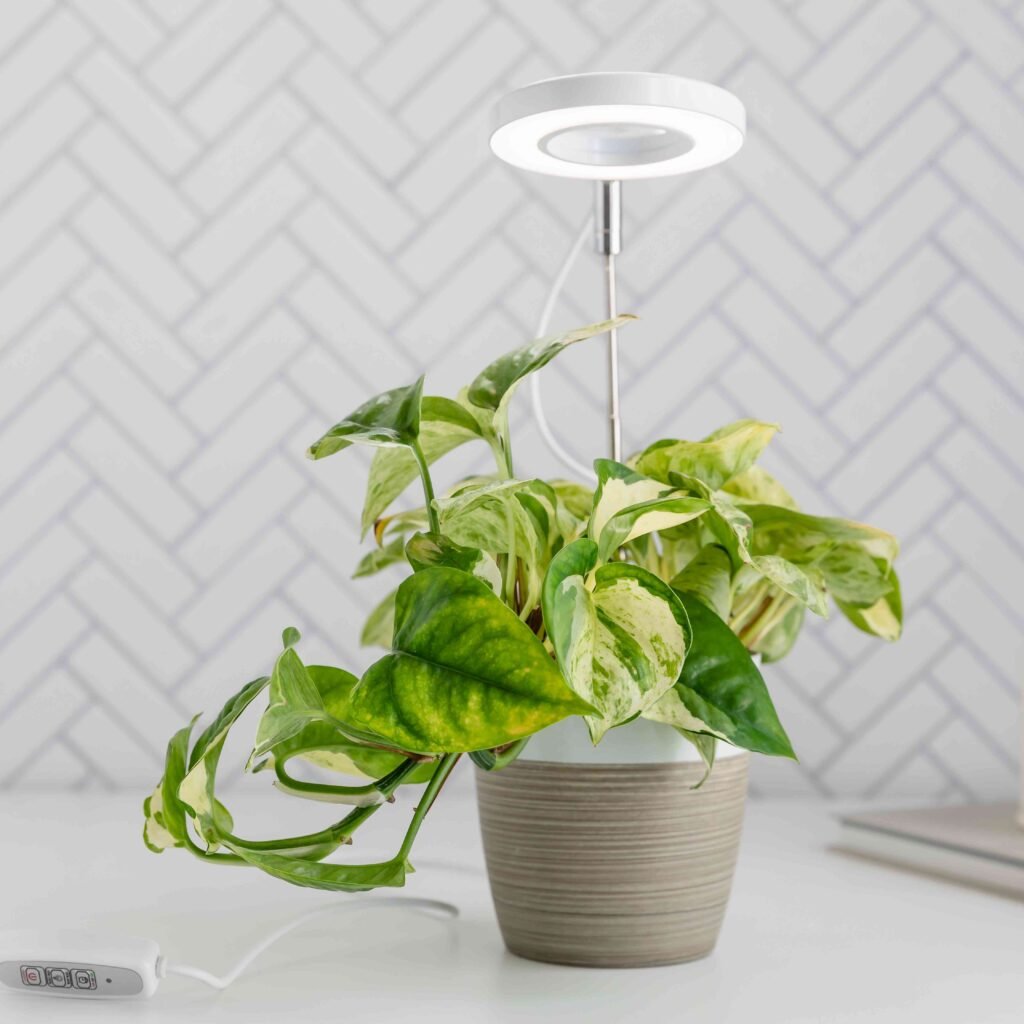
When selecting a grow light, there’s no one-size-fits-all solution. The right choice depends on your plants’ needs, available space, and budget. Here are key factors to consider:
1. Light Spectrum
Plants need different wavelengths for various growth stages:
- Blue light (400–500 nm): Encourages leafy growth and compact shape.
- Red light (600–700 nm): Stimulates flowering and fruiting.
- Full-spectrum light: Covers all wavelengths, promoting balanced, natural growth.
For houseplants, a full-spectrum LED is usually the best choice.
2. Light Intensity
The intensity of light affects how much energy your plant receives. High-light plants like succulents, cacti, or citrus trees require strong light, while shade-tolerant plants like ferns or pothos need less.
Check the PAR (Photosynthetically Active Radiation) rating on the grow light—it indicates the useful light range for photosynthesis.
3. Coverage Area
Make sure your grow light can cover the entire plant area. Adjustable or multi-head lights are perfect for shelves or larger displays, while small clip-on or bulb-style lights work well for individual pots.
4. Heat Output
Too much heat can damage delicate plants. LED and fluorescent lights emit minimal heat, making them safe to position close to foliage. HID lights, however, should be used with proper distance and ventilation.
5. Energy Efficiency
LED lights are the most energy-efficient, followed by fluorescents. Although they may cost more upfront, they save money in the long run through reduced electricity use and longer lifespan.
6. Aesthetic and Setup
Consider how the light will fit into your space. Clip-on or hanging LED panels work well for compact setups, while standing lamps can double as decorative pieces in living rooms.
Best Grow Lights on the Market (2025 Recommendations)
Here are a few top-rated grow lights based on performance, durability, and customer satisfaction:
- Spider Farmer SF-1000 Full-Spectrum LED – Highly efficient with dimmable brightness, great for all plant stages.
- GE Grow Light LED – Affordable and stylish, perfect for casual indoor gardeners.
- Viparspectra P-Series LED – Balanced spectrum and strong light intensity for serious plant growth.
- Barrina T5 LED Grow Light Bars – Great for multi-shelf or wall-mounted plant displays.
- Mars Hydro TS1000 LED – Popular among enthusiasts for its full-spectrum output and wide coverage.
Tips for Using Grow Lights Effectively
Even the best light won’t work properly if it’s not used correctly. Follow these tips for optimal plant growth:
- Set the right duration: Most plants need 12–16 hours of light per day. Use a timer to maintain a consistent schedule.
- Adjust distance: Keep LED lights 12–24 inches above plants; fluorescents can be closer (6–12 inches).
- Rotate plants regularly: This ensures even light exposure and balanced growth.
- Monitor plant response: Yellowing, stretching, or scorched leaves can indicate too much or too little light.
- Clean lights regularly: Dust can block light intensity over time.
Final Thoughts
Grow lights have revolutionized indoor plant care, allowing plant lovers to grow lush greenery even in dark corners or windowless rooms. Whether you’re nurturing herbs in the kitchen or creating a mini jungle in your living room, the right grow light can make all the difference.
For most home gardeners, LED full-spectrum grow lights strike the perfect balance between efficiency, affordability, and performance. They provide the light quality plants need to thrive year-round—no matter the weather outside.
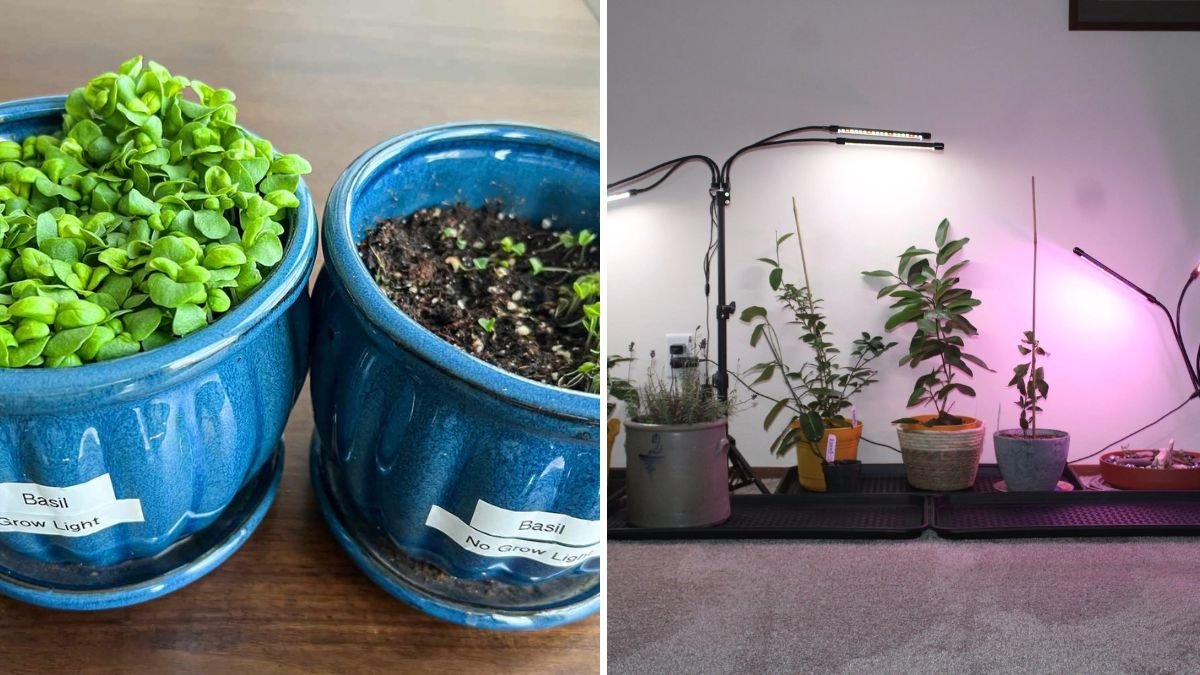




Leave A Comment